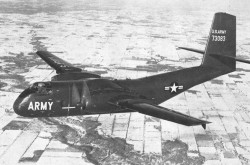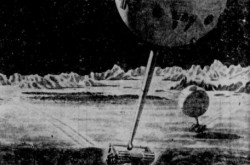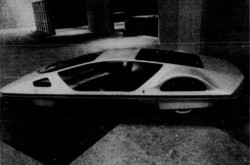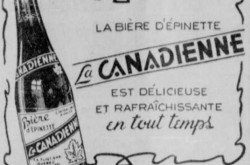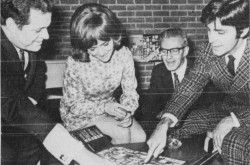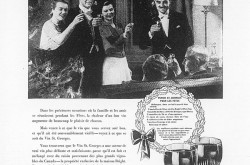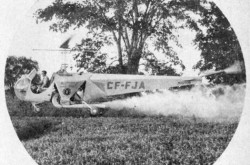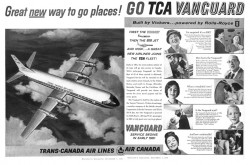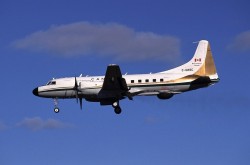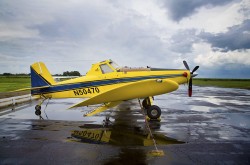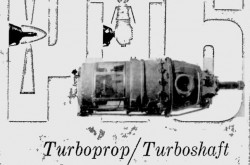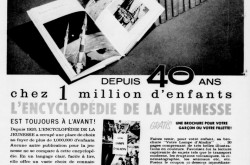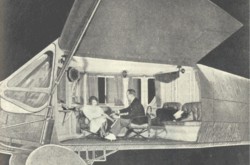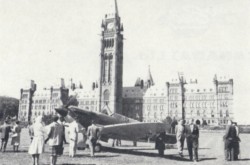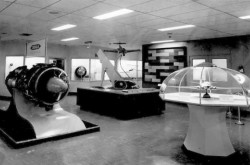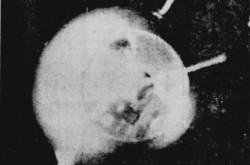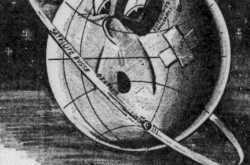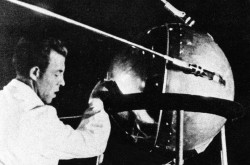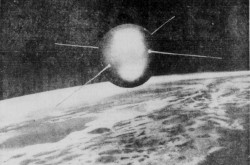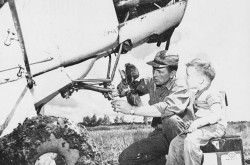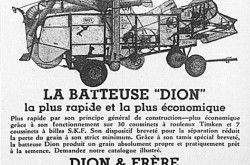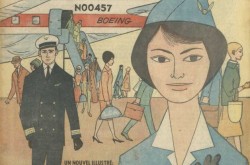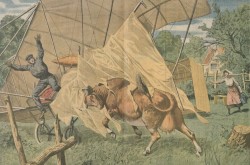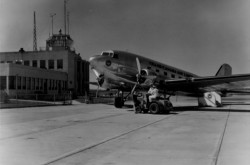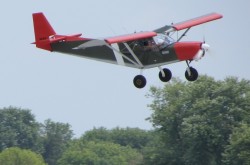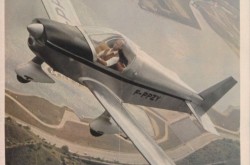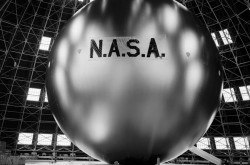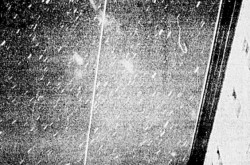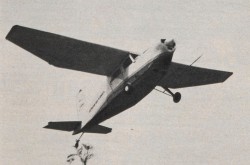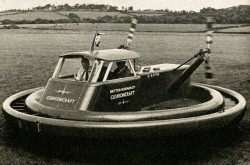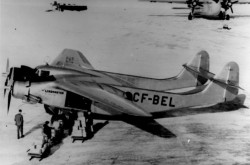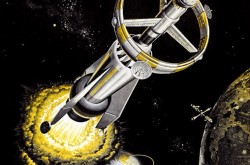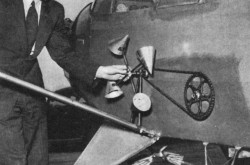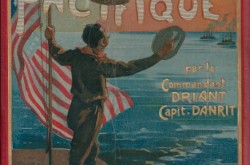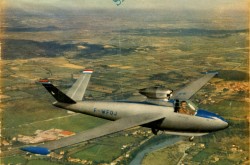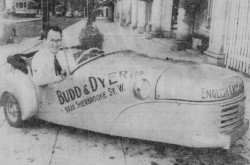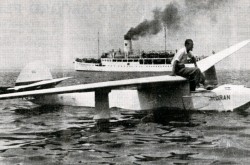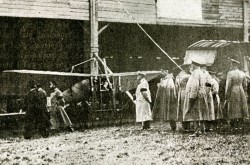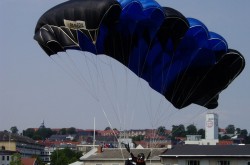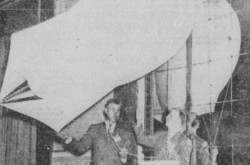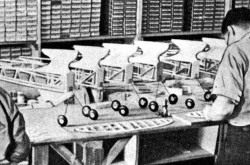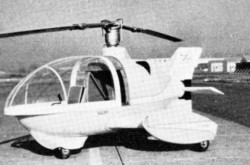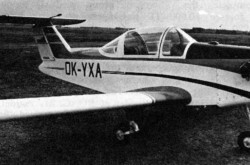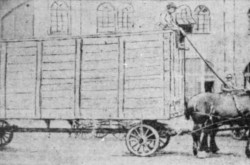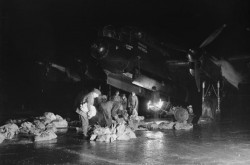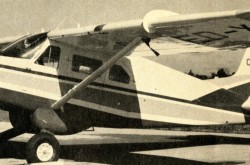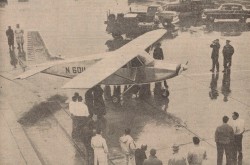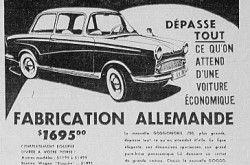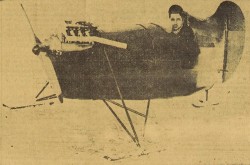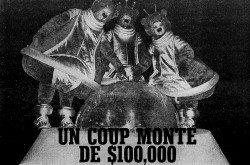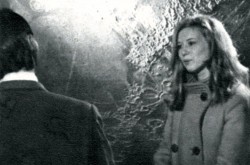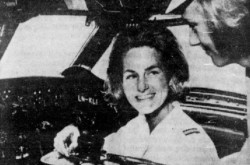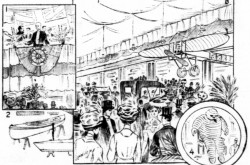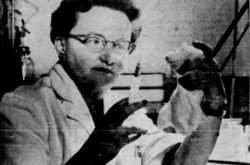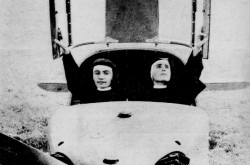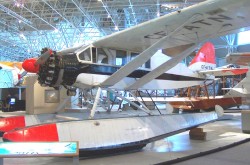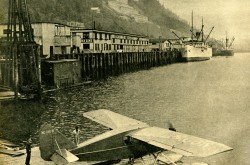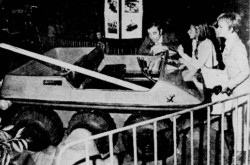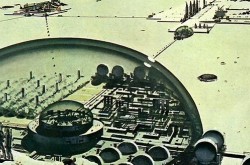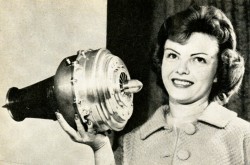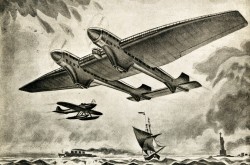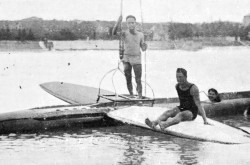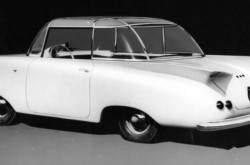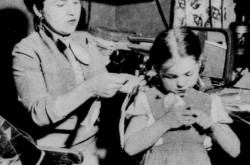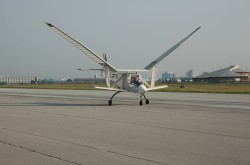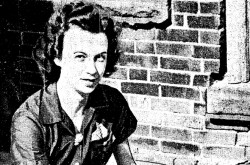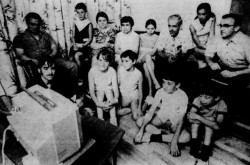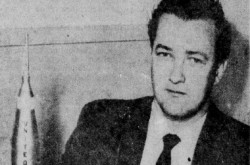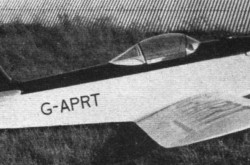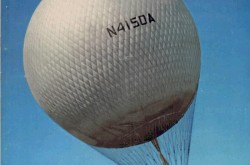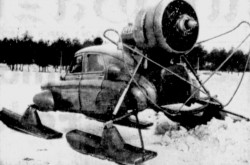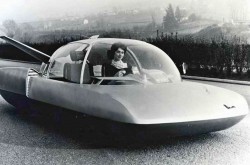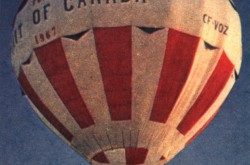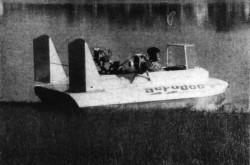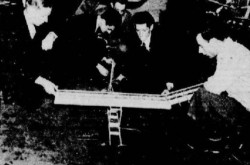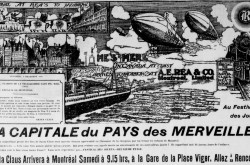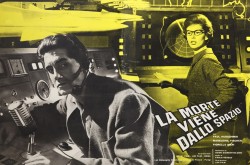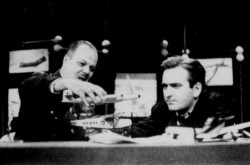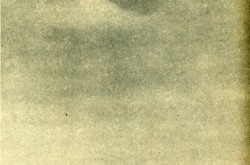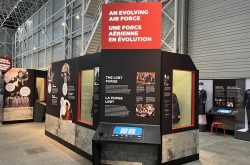Several thousand words on the English Electric Canberra / Martin B-57 Canberra and the small role played by Canadair Limited in its history

Hello there, my reading friend. Do you like editorial cartoons? If this introduction sounds strange to you, the fact of the matter is that there is a method behind the madness, or is it madness behind the method? I forget. I am getting old.
In any event, editorial cartoons can be very interesting for anyone interested in any topic. They sum up in a few incisive strokes a question which made / makes the headlines.
The editorial cartoon above, for example, appeared in the 22 February 1951 issue of The Windsor Daily Star of Windsor, Ontario. Its author, an excellent artist, Charles R. Knight (1911-74), worked for this newspaper from 1935 to 1954. He should not be confused with Charles Robert Knight (1874-1953), an excellent American illustrator, painter and sculptor well known for his prehistoric scenes and, in particular, those showing dinosaurs.
Yours truly would love to spend hours with you talking (typing) about these fascinating animals. I would love just as much to talk with you about the equally fascinating animals which were the pterosaurs (Hello EG! Hello SB and EP!), flying wonders some of which had a wingspan comparable to that of a light / private airplane. Maybe another day.
The editorial cartoon at the beginning of this article of our blog / bulletin / thingee, say (type?) I, celebrated the first non-stop crossing of the Atlantic Ocean by a jet aircraft, made on 21 February 1951 by a super-secret British English Electric Canberra light bomber of the Royal Air Force (RAF) whose crew included 3 male Homo sapiens:
- Squadron Leader Arthur Edward Callard, pilot,
- Flight Lieutenant Ernest Alfred John Haskett, navigator, and
- Flight Lieutenant Arthur James Robert Robson, radio operator.
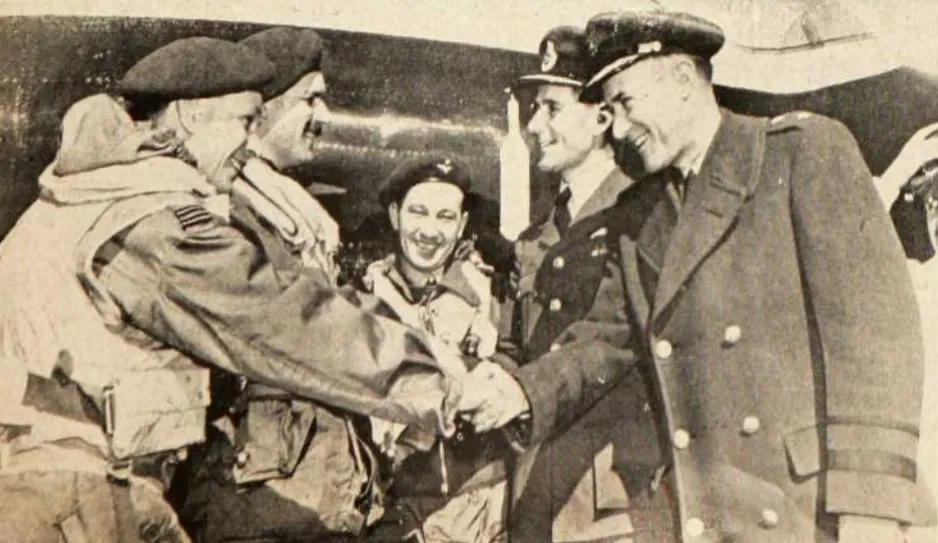
Squadron Leader Arthur Edward Callard (He is the one with a mustache.) and his crew being welcomed to North America. Anon., “Ça et là par l’image.” Le Samedi, 21 April 1951, 22.
The Canberra covered the 3 340 kilometres (2 075 miles) from the RAF base of Aldergrove, Northern Ireland, near Belfast, to Gander International Airport, near Gander, Newfoundland, in 4 hours 37 minutes, not 40 minutes, apparently – a remarkable time to say the least, considering that an airliner of the time needed about 6 hours to 6 hours 40 minutes to cover the same distance, and this if there was no headwind. The nuance was important. Callard and his crew indeed had to face powerful headwinds during their flight.
In fact, some suggested that said winds added about 40 minutes to the duration of said flight. If so, Callard and his crew had to face headwinds whose average speed was around… 120 kilometres/hour (75 miles/hour). One nasty breeze.
The transatlantic flight was actually scheduled to take place on 20 February but had to be postponed for a day in order to repair the slight damage to the leading edge of a wing caused by a collision with a seagull on the flight to Aldergrove.
Would you like to see a brief video on this flight? And no, this was not a rhetorical question. In any event, here is the video in question.
You are probably wondering why Callard and his crew crossed the Atlantic Ocean in February 1951. And no, it was not to get to the other side. They were not chickens.
You see, my reading friend, during the weeks and months after the start of the Korean War, in June 1950, the United States Air Force (USAF) discovered that the aircraft it used on interdiction missions, in other words ground attack missions far behind the front line, aircraft whose prototype had flown in July 1942, while the Second World War was raging, were both inefficient and far too vulnerable.
The USAF was in dire need of state-of-the-art aircraft. By the greatest of luck, it turned out that the RAF expected to receive the first examples of a light jet bomber in 1951. Very intrigued by the potential of this super-secret aircraft, the USAF asked the RAF if some of its officers could attend a demonstration. The latter readily accepted. The USAF officers present at said demonstration, which took place in August 1950, were greatly impressed. Equally impressed were the USAF officers on a tour of the English Electric Company Limited factory in September, a visit complemented by some test flights involving American test pilots.
Let us be blunt, the Canberra and the Soviet Ilyushin Il-28, another super-secret aircraft, were then without a doubt the best light bombers in the world.
In all likelihood, the USAF was eager to acquire Canberras. The catch was that the American aviation industry and its powerful allies in the United States Congress were likely to vehemently denounce the purchase of a foreign aircraft.
Even before the end of September 1950, the USAF therefore issued a specification for a jet bomber. In order to speed up the entry into service of the aircraft chosen through this competition, only existing machines could participate. Three American firms quickly announced their intention to participate in this competition.
Oddly enough, or not, I will let you choose, the USAF accepted that foreign aircraft manufacturers throw their hat in the ring. As you may imagine, English Electric wasted no time in announcing its intention to participate in the competition.
Another foreign firm also threw its hat in the ring, namely A.V. Roe Canada Limited (Avro Canada) of Malton, Ontario, a subsidiary of A.V. Roe & Company Limited (Avro) of Malton, itself a subsidiary of the British giant Hawker-Siddeley Aircraft Company Limited. Like the Canberra, Avro Canada’s aircraft, the Avro Canada CF-100 Canuck all-weather bomber interceptor, was not yet in service. A prototype actually flew in January 1950.
And yes, the fabulous collection at the Canada Aviation and Space Museum in Ottawa, Ontario, includes a Canuck.
As you well know, Avro Canada and Hawker Siddeley Aircraft were mentioned many times in our blog / bulletin / thingee since March 2018. Avro, on the other hand, was mentioned several times since October 2018. But back to our competition.
The demonstration flights required by the USAF were held at the end of February 1951, obviously on American soil. And this is why the aforementioned Callard and his crew crossed the Atlantic Ocean.
Did Callard, his crew and the Canberra do well, you ask, my concerned reading friend? Did they do well? They nailed it.
This resounding success did not necessarily secure the acquisition of Canberra by the USAF, however. The American aviation industry and its powerful allies in the United States Congress were not very happy. In addition, some wondered if English Electric could deliver within a reasonable time frame all the aircraft ordered by the RAF, USAF and, potentially, other air forces. What to do? What to do?
In March 1951, the British firm began discussions with one of the American firms which had taken part in the competition, one of the losing firms, Glenn L. Martin Company. A few days later, the USAF and Glenn L. Martin signed a contract for the production of the Martin B-57 Canberra. In early April, English Electric granted a Canberra production license to the American firm.
The first American Canberra flew in July 1953. The first deliveries to the USAF took place in 1954. All in all, Glenn L. Martin produced just over 400 Canberra between 1953 and 1957, including a number for the air forces of Pakistan and Taiwan. The last USAF aircraft was taken out of service in 1983.
Would you like to know more about the history of the Canberra? And yes, my reading friend, that was a rhetorical question.
The history of this aircraft, one of the most successful British combat aircraft of the 20th century, began in 1944. Indeed, the RAF wanted to replace its de Havilland Mosquito light bombers with jet aircraft. And yes, the fabulous collection of the Canada Aviation and Space Museum includes a Mosquito.
The British Ministry of Supply ordered 2 prototypes of the English Electric A.1 in January 1946. The first of them flew in May 1949.
By the way, the A.1 was officially christened Canberra in August 1949.
The Canberra, the RAF’s first jet bomber, entered service in May 1951. Strong, fast, reliable and surprisingly agile for its size, this versatile aircraft was greatly appreciated by pilots.
English Electric and 3 other British aircraft manufacturers produced around 900 machines during the 1950s. Many of these Canberra carried the colors of the air forces of 14 countries in Africa (Ethiopia, South Africa and Southern Rhodesia / Rhodesia), America (Argentina, Chile, Ecuador, Peru and Venezuela), Asia (India and Pakistan), Europe (France, Sweden and West Germany) and Oceania (New Zealand).
It should be noted that the French, Swedish and West German Canberras were not used by combat units. This being said (typed?), the 2 aircraft of the Swedish Flygvapnet were apparently spyplanes which eavesdropped on radio communications from member countries of the Treaty of friendship, cooperation and mutual assistance, a USSR-dominated organisation better known as the Warsaw Pact. On has to wonder if the data collected was shared with member countries of the North Atlantic Treaty Organization (NATO), which would have been a clear violation of Swedish neutrality.
It should also be noted that the Australian crown corporation Government Aircraft Factory manufactured nearly 50 Canberras.
All in all, the British, American and Australian assembly lines produced just over 1 350 Canberras. The last aircraft still in service, a Canberra of the Fuerza Aérea del Perú apparently, was put to pasture in June 2008.
Would you like to know more about some of the links surrounding the Canberra and Canada? And yes, my reading friend, that was again a purely rhetorical question.
Even before the end of the Second World War, several senior officials of the British Ministry of Aircraft Production wanted to encourage the construction, in Australia and / or Canada, of the most recent British combat aircraft. This wish was part of a more or less official policy aimed at maintaining British influence in the Dominions (Australia, Canada, New Zealand and South Africa) and preventing their slide towards the United States.
Many senior officers of the RAF, not to mention many senior officials within the Ministry of Aircraft Production itself, did not share the enthusiasm of the minister, Sir Richard Stafford Cripps, for this idea. They in fact doubted that the Dominions would agree to restrict their freedom of maneuver.
Indeed, while the Royal Canadian Air Force (RCAF) readily agreed, in May 1945, to cooperate with the United Kingdom on research, it showed little enthusiasm for the Canadian production projects of the British. At that time, the federal government, led by William Lyon Mackenzie “Rex” King, was thinking above all about the development of the local aviation industry; it wanted to encourage Canadian designers. In some cases, however, the RCAF might well order foreign materiel, American or British, or ask Canadian aircraft manufacturers to manufacture these aircraft under license.
By the way, the Australian government did not seem to show much enthusiasm for the British proposal either.
These answers did not diminish the Ministry of Aircraft Production’s interest in the project, however, even if the list of drawbacks actually tended to grow longer as time went by: hostile reactions from the British aviation industry, depletion of dollar reserves, delivery problems and higher price of overseas produced aircraft.
Even before the end of the winter of 1947-48, for example, a few senior RAF officers suggested that the aforementioned Avro design a heavy jet bomber in conjunction with the equally aforementioned Avro Canada – a project which fitted into an RAF design program. The problem of financing would not arise. The federal government would take of things, of course, it was believed in the United Kingdom. If the aircraft won over its competitors, the RAF agreed to adopt it. The chief of staff committee of the RAF and the British Cabinet approved in April 1948 that a request be sent to that effect.
Canadian Defence Minister Brooke Claxton and RCAF chief of staff Air Marshal Wilfred Austin “Wilf” Curtis reacted favourably. Avro and Avro Canada also showed a lot of interest. This project could indeed prove extremely useful if they ever decided to develop a long-range airliner.
The RAF ultimately decided to abandon its proposal. Four very experienced British firms, including Avro, were already participating in the competition to produce said bomber, Avro Canada did not have the necessary experience and its project would arrive late anyway. In the words of the RAF, “we should be faced by a ‘white elephant’ which would be a great embarrassment to both Canada and ourselves.”
The RAF eventually acquired around 330 heavy jet bombers, delivered between 1955 and 1965. Strangely, this service did not acquire just one type of aircraft, or even two. No siree. The RAF acquired three (?!), including the Avro / Hawker Siddeley Vulcan.
By way of comparison, the aforementioned USAF received around 745 heavy jet bombers, delivered between 1955 and 1962. This service also acquired only one type of aircraft, much heavier and with much greater autonomy than its British contemporaries, the Boeing B-52 Stratofortress.
The RAF apparently acquired 3 types of bomber to guard against the failure of 1 or 2 of them – an admirable caution which, however, increased the amount of dough spent on setting up production tooling. In fact, one has to wonder if the signing of contracts with 3 aircraft manufacturers did not in fact have for partial objective the preservation of the British aviation / aerospace industry. Anyway, let us move on – and back to Canada.
A little embarrassed by the failure of the idea of designing a Canadian-British heavy jet bomber, the RAF proposed, in the summer of 1948, the construction in Canada of a light jet bomber, the aforementioned A.1, which still only existed in sketch form. The federal government’s response was polite but firm. The RCAF had no need of such aircraft. Worse still, a British order alone would not justify setting up an assembly line on Canadian soil.
The federal government at this time was actually interested in another project. It wanted to modernise the equipment of the RCAF’s transport units. The aircraft chosen, the Fairchild C-119 Flying Boxcar, a reliable and rugged aircraft tested in November 1947 which served in the USAF from 1949 onward, was likely to be built in Canada, by Canadair Limited of Cartierville, Québec – a subsidiary of Electric Boat Company, an American firm which had built a solid reputation by building submarines for the United States Navy during the Second World War.
The federal government actually hoped to sell a number of Flying Boxcars to the RAF. Its hopes were quickly dashed. Two British-designed medium and heavy transport planes indeed entered service in 1948. As a result, the production project in Canada was threatened. The Canadian order was not large enough to justify setting up an assembly line on Canadian soil.
Would I dare risk derailing your train of thought to mention that Electric Boat was mentioned in March, July and August 2019 issues of our you know what?
Interestingly, if only for yours truly, Canadair and Fairchild Engine and Airplane Corporation were perhaps still negotiating the terms of a production license for the Flying Boxcar and, possibly, other military transport aircraft of the American firm at the beginning of 1949. Said license would have allowed the Montréal region aircraft manufacturer to supply aircraft to Commonwealth air forces (Australia, New Zealand, South Africa and United Kingdom).
Despite the failure of the Flying Boxcar production project, Canadair did not want to give up. During 1949, it developed a whole new project: the licensed production of the A.1 for the RCAF, RAF and air forces of other member countries of NATO.
The assembly line, equipped by the American government through the recently created Mutual Defense Assistance Program (MDAP), would only come into operation in the event of a crisis or European conflict. Read massive attack by the Union of Soviet Socialist Republics (USSR).
Canadair presented the idea to the Canadian and British governments. The reactions differed. In the United Kingdom, representatives of the Air Ministry showed some interest. Their Canadian counterparts did not want to comment. In any event, they said, the American government would refuse; the role of MDAP was not to fund this type of project.
At the risk of sounding sarcastic, assuming a massive attack from the USSR, one might wonder if Soviet troops would not have had time to pop a bottle of champagne in Paris. France, before the first A.1 took to the sky in Cartierville.
The Montreal aircraft manufacturer, despite everything, continued to hope. Some European governments received visits from its representatives. They were interested in the project, but on the whole they mainly wanted to get jet fighter aircraft. For free if at all possible, through the aforementioned MDAP.
Canadair then modified its project which henceforth included the A.1 and a British single-seat jet day fighter of indeterminate type, possibly the de Havilland Venom, an improved version of the de Havilland Vampire which made its first flight at the beginning of September 1949, and…
Yes, my reading friend, you are absolutely right. The fantabulastic collection of the Canada Aviation and Space Museum includes a Vampire. This being said (typed?), it is now you who digress, not me.
Many European countries said they were very interested in Canadair’s proposal. The British government did not share this opinion. Its aircraft industry was already working on several jet fighter aircraft projects which would be superior to the Venom.
As time went by, this file became more and more complex. The British government wanted the Canada to buy A.1s, while at the same time, its Canadian counterpart came back with the Flying Boxcar production project. Both wanted to sell; neither wanted to buy. Canadair was for all intents and purposes the meat in the sandwich. This dialogue of the deaf continued for many weeks.
Hoping to obtain better results, the Québec firm modified the fighter aircraft component of its production program. The Venom gave way to the North American F-86 Sabre, a high performance American aircraft selected by the RCAF in April 1949 and which Canadair was to manufacture under license. The aircraft manufacturer also told the federal government that the USAF was increasingly interested in the Canberra. It was wasting its breath; the federal government maintained its position: thanks but no thanks.
The opposition of the very influential Minister of Trade and Commerce, Clarence Decatur “C.D” Howe, to the production in Canada of any and all British aircraft seemed to have weighed heavily in the balance. Plans to produce the Canberra, the official designation of the A.1, you will recall, and the Flying Boxcar were abandoned once and for all in 1950, despite the invasion of South Korea by its northern neighbor in June.
This being said (typed?), the fact was / is that British Secretary of State for War Emanuel “Manny” Shinwell hinted in November 1950, during a stay in Ottawa, that he would like to see the Canberra produced in Canada, probably by Canadair. The aircraft thus produced would be intended for the RAF. Yours truly is not sure whether this wish reflected the opinion of several / many members of the British government, civil service or armed forces.
The RCAF ultimately bought the Flying Boxcar it needed. Fairchild Engine and Airplane delivered its 35 aircraft around 1953-54.
For many years, countless visitors to the National Aviation Museum, today’s Canada Aviation and Space Museum, sat in the cockpit of a Flying Boxcar. Unless I am mistaken, yours truly parked his hindquarters there at least once. Worn out, this object was thrown out at an undetermined date (1990s? 2000s?).
All good things having an end, I wish you a good week.















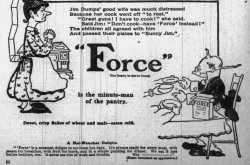
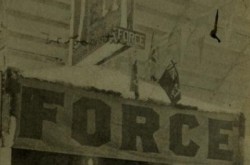
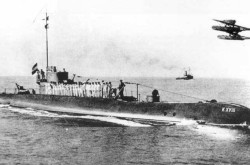
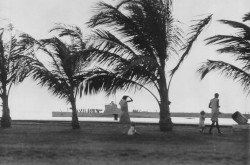
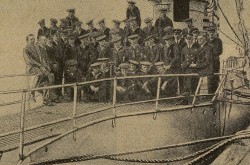
![A block of photographs showing some of the people involved in the bombing of beluga whales in the estuary and gulf of the St. Lawrence River. Anon., “La chasse aux marsouins [sic]. » Le Devoir, 15 August 1929, 6.](/sites/default/files/styles/thumbnail_7/public/2024-09/Le%20Devoir%2015%20aout%201929%20page%206.jpg?h=584f1d27&itok=TppdLItg)
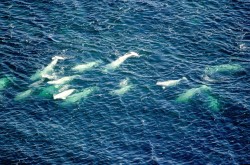
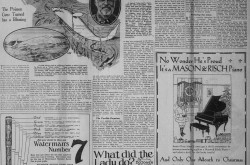
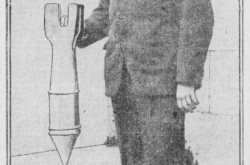
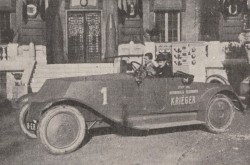
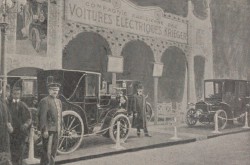
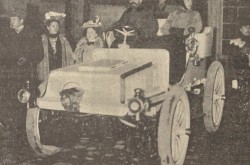
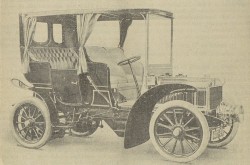

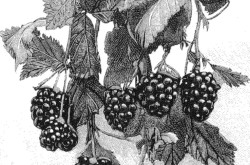
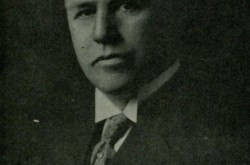
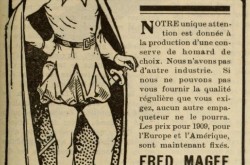
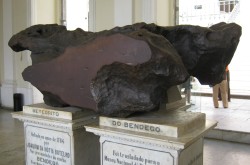
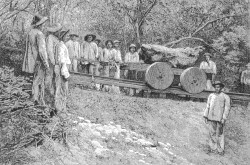
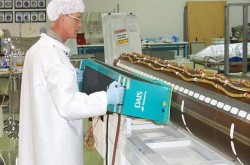
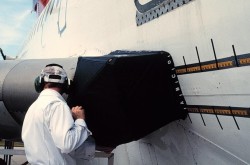
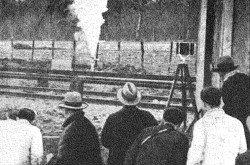
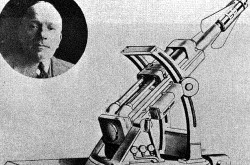
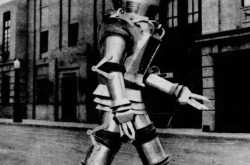

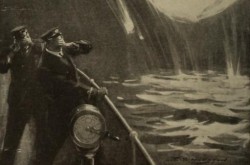
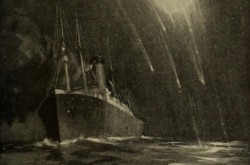
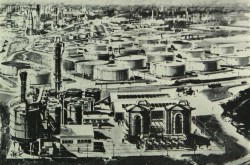
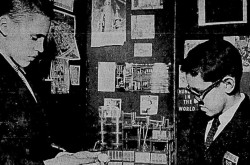
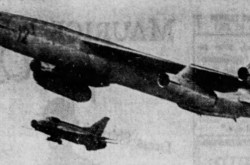
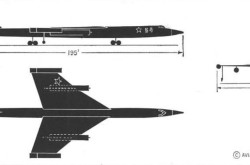
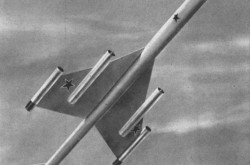
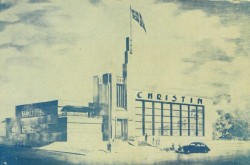
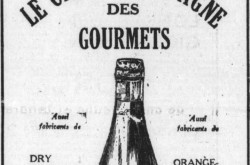
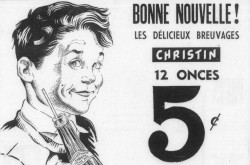
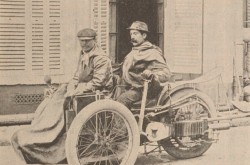
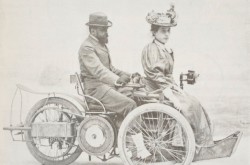
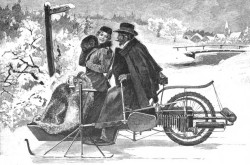
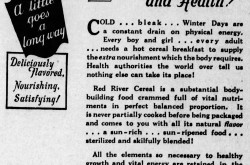
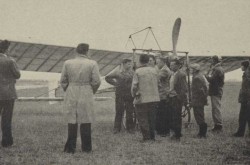
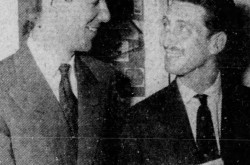
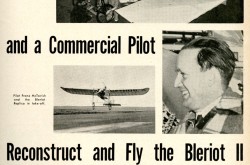
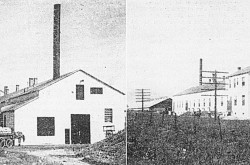
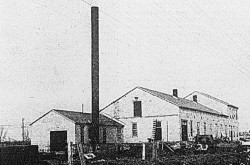
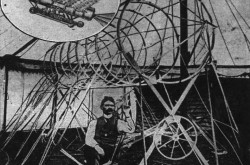
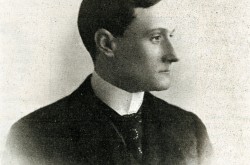
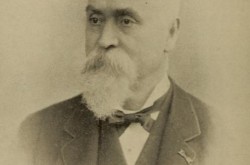
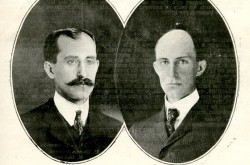
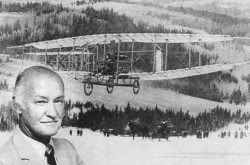
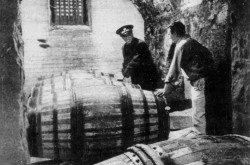
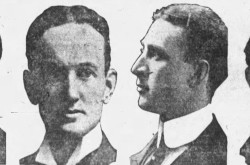
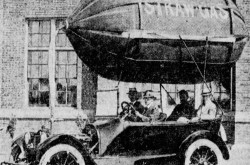
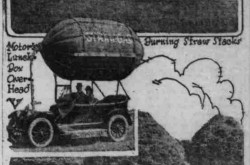
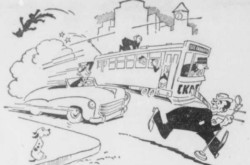
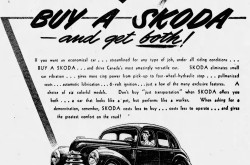
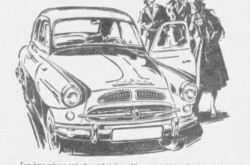
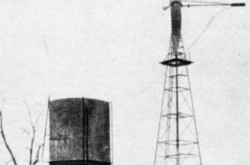
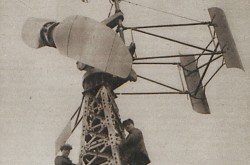
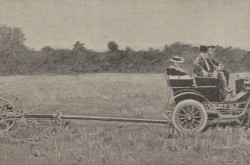
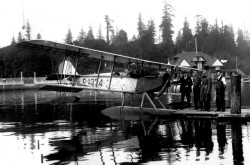
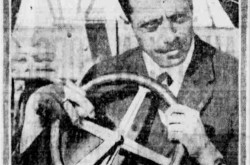
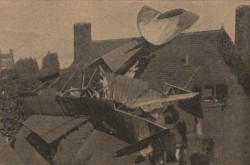
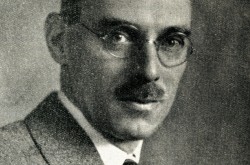
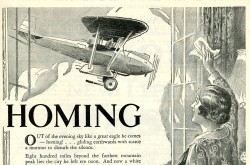
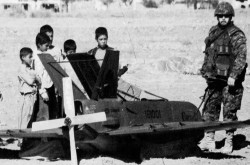
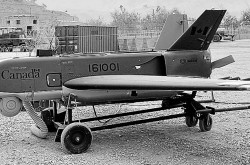
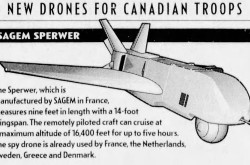
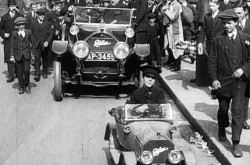

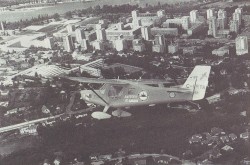
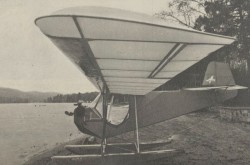
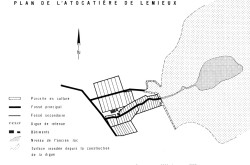
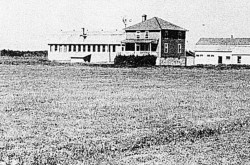
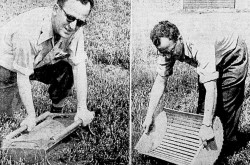

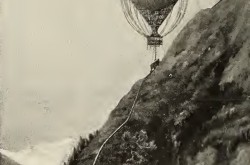
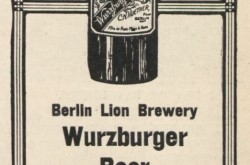
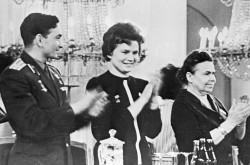
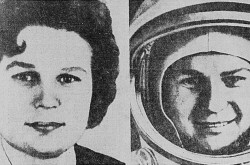
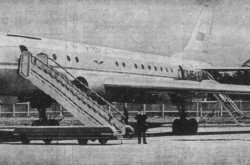
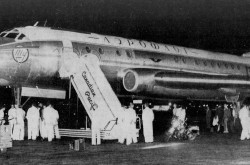
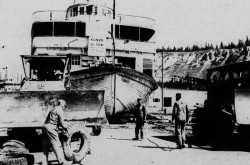
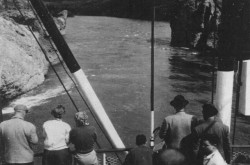
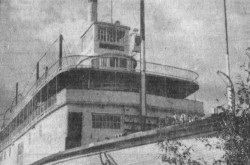
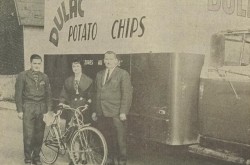
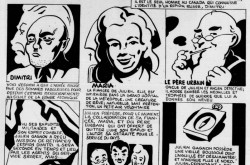
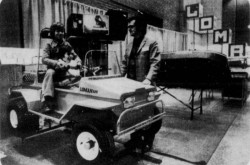
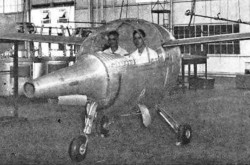
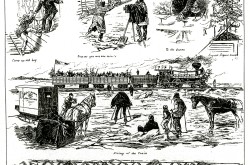
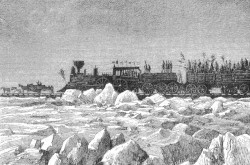
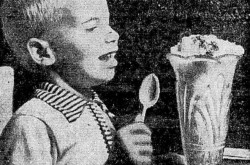
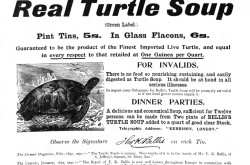
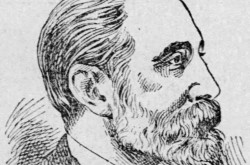
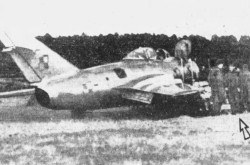
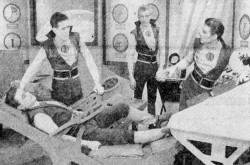
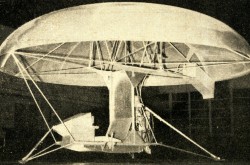
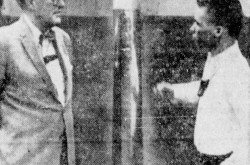
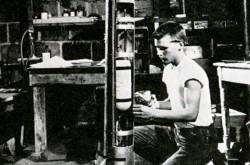
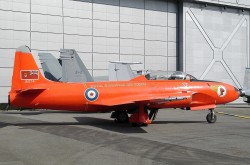
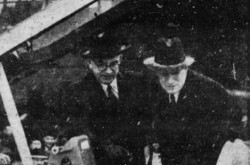
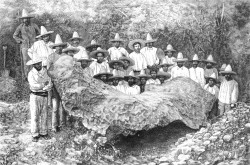
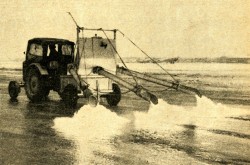
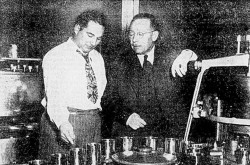
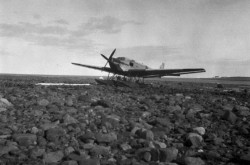
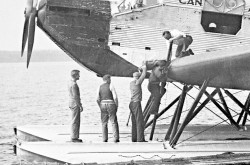
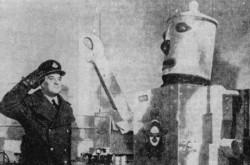
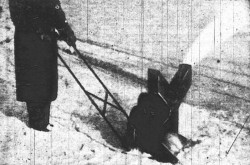
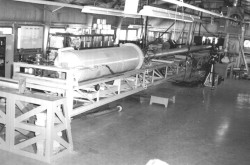
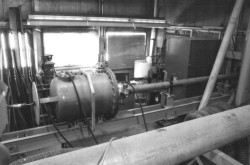
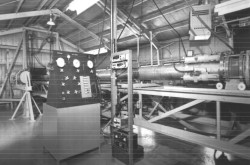
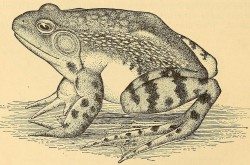
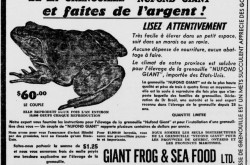
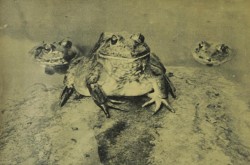
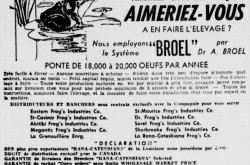
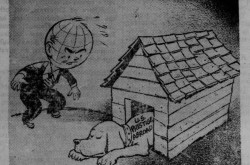
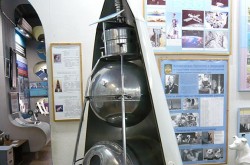
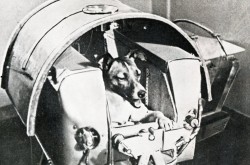
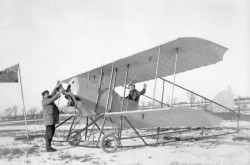
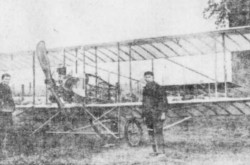
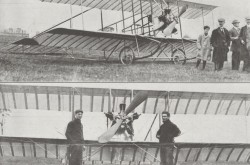
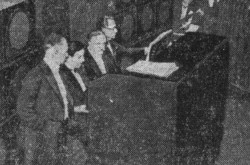

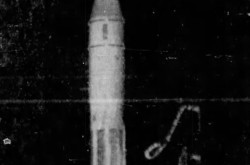
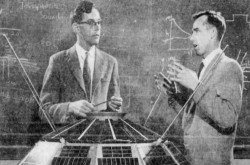
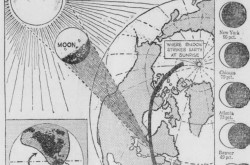
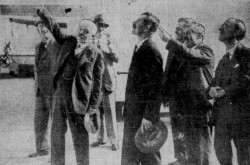
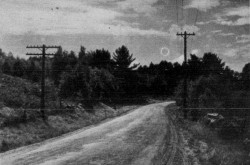

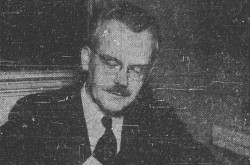
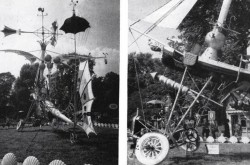
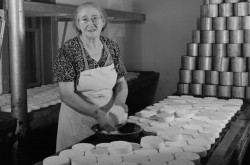
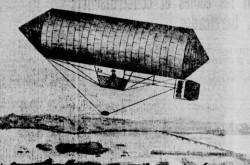
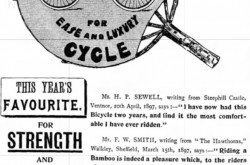
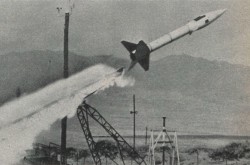
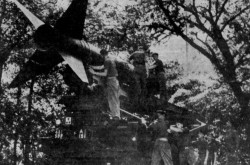
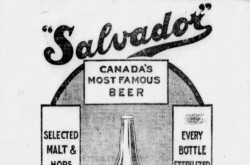
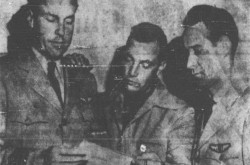
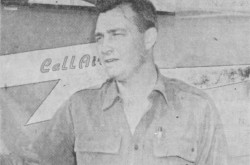
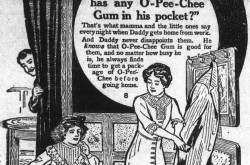
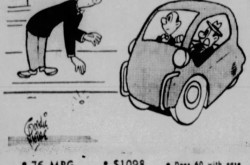
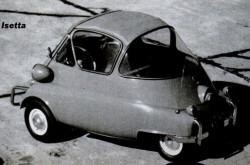
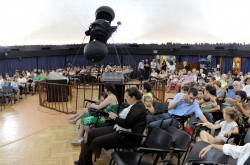
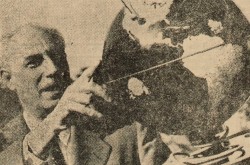
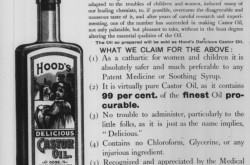
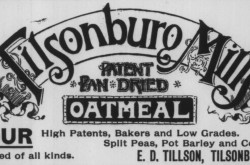
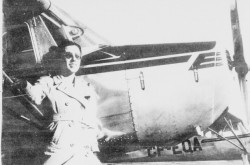
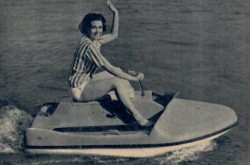

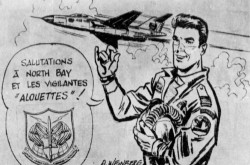
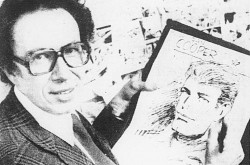
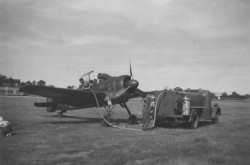
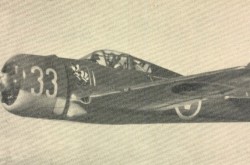
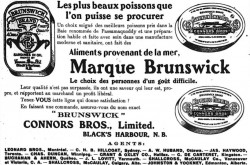
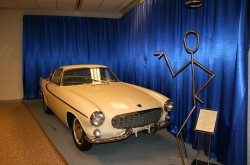
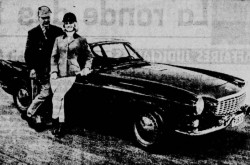
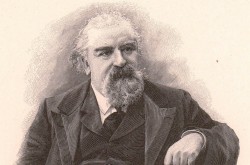
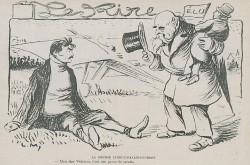
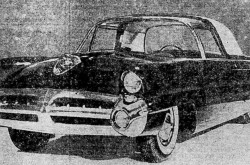
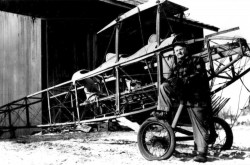
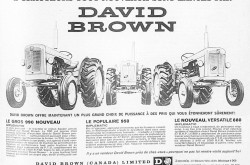
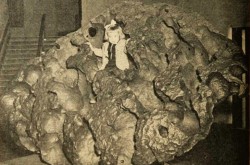
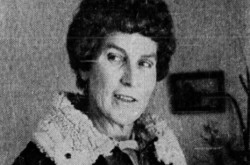
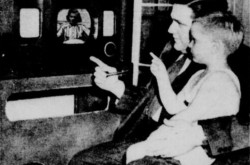
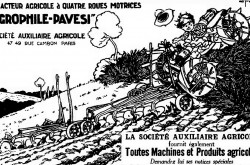
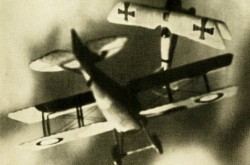
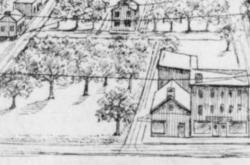
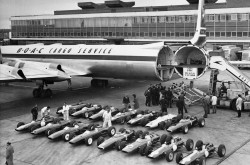
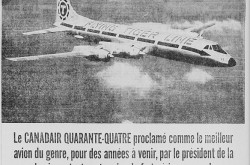
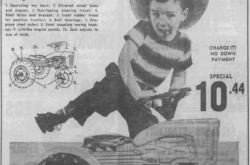
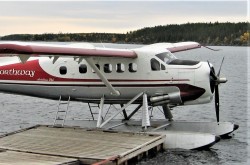
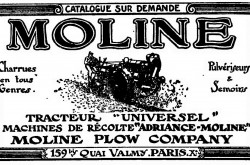
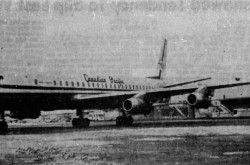
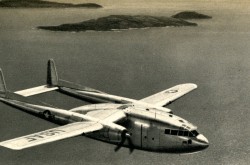
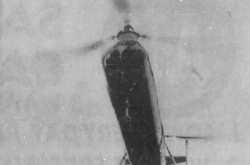
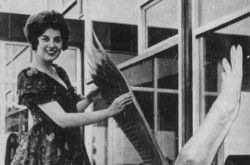
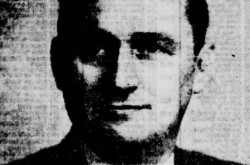
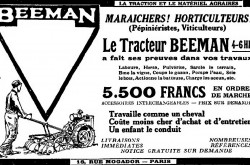
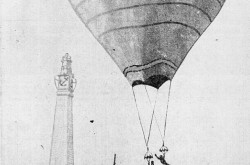
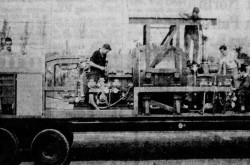
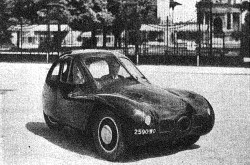
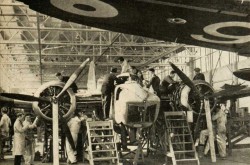
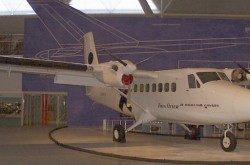
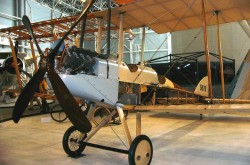
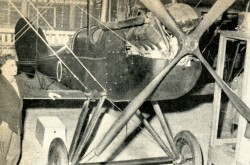
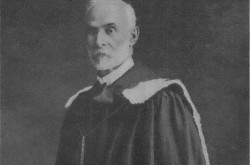
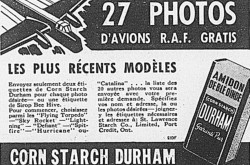
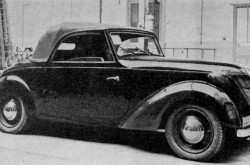
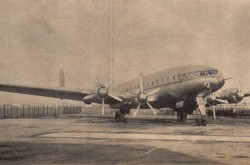
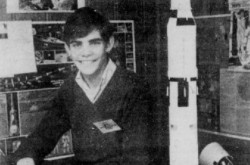
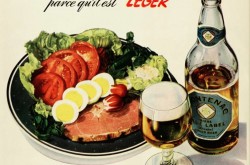
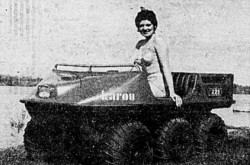

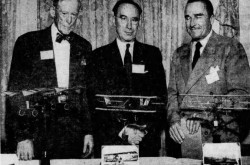
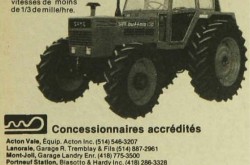
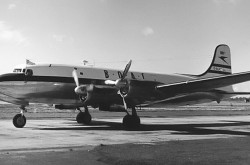
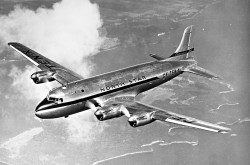
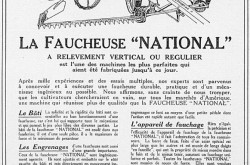
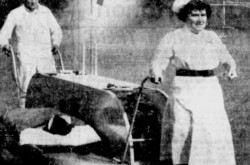
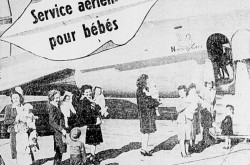
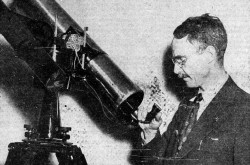
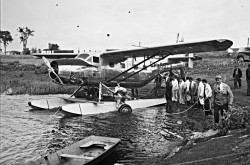
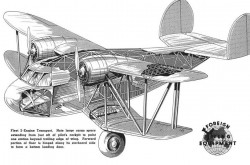
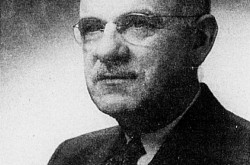
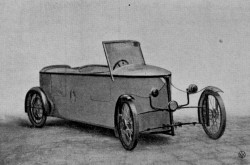
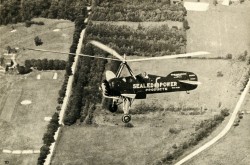
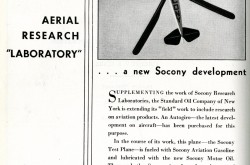
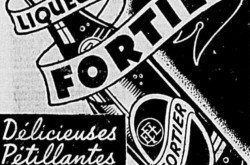
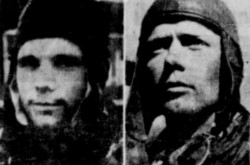
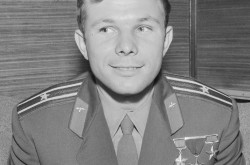
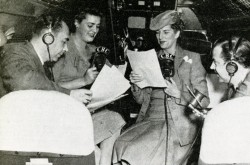
![Peter Müller at the controls [sic] of the Pedroplan, Berlin, Germany, March 1931. Anon., “Cologne contre Marseille – Le mystère du ‘Pédroplan.’ [sic]” Les Ailes, 2 April 1931, 14.](/sites/default/files/styles/thumbnail_7/public/2021-04/Les%20Ailes%202%20avril%201931%20version%20big.jpg?h=eafd0ed4&itok=WnBZ5gMf)
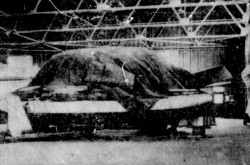
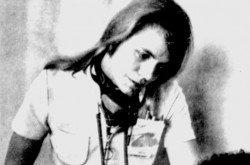
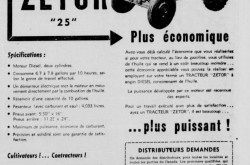
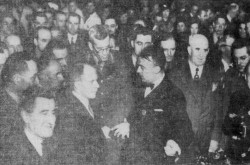
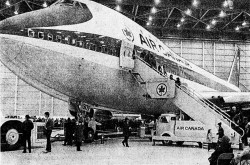
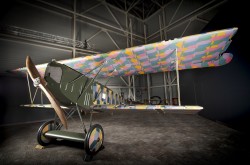
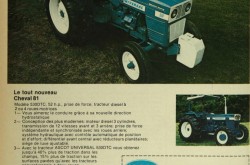
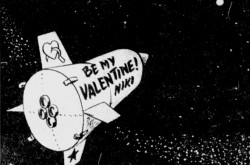
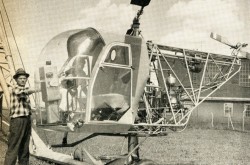
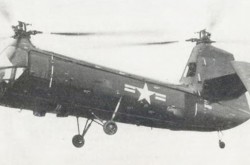
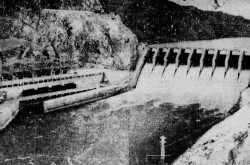
![One of the first de Havilland Canada Chipmunk imported to the United Kingdom. Anon., “De Havilland [Canada] DHC-1 ‘Chipmunk.’” Aviation Magazine, 1 January 1951, cover.](/sites/default/files/styles/thumbnail_7/public/2021-01/Aviation%20magazine%201er%20janvier%201951%20version%202.jpg?h=2f876e0f&itok=DM4JHe5C)
